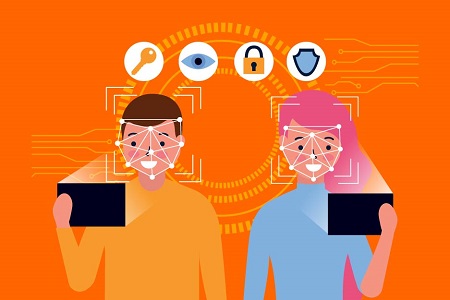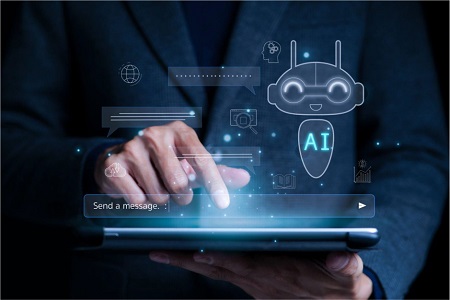In the ever-evolving landscape of technology, one term seems to be on everyone’s lips – Artificial Intelligence (AI). This cutting-edge field has rapidly grown from science fiction to real-world applications, transforming industries, enhancing our daily lives, and posing intriguing questions about the future of humanity. In this article, we will dive into the fascinating world of AI, exploring its origins, current capabilities, and the exciting possibilities it holds for our future.
The Birth of Artificial Intelligence
The concept of Artificial Intelligence dates back to ancient mythology, where tales of automatons and intelligent machines captured human imagination. However, the formal birth of AI can be traced to the mid-20th century, when computer scientists and mathematicians like Alan Turing, John McCarthy, and Marvin Minsky laid the theoretical foundations for AI. Turing’s pioneering work on the Turing Test set the stage for evaluating machine intelligence by its ability to mimic human conversation.
Early AI projects, such as the Logic Theorist and General Problem Solver, were the first attempts to replicate human problem-solving using computer algorithms. These efforts were ground-breaking, but they were limited by the computational power available at the time.

AI Today Transforming Industries and Daily Life
Fast forward to today, and AI has made remarkable strides. Thanks to exponential growth in computing power, access to vast amounts of data, and breakthroughs in machine learning, AI has become a game-changer across various domains:
- Machine Learning: Machine learning is a subset of AI that empowers computers to learn from data and make predictions. It has revolutionized industries like healthcare, finance, and transportation. For instance, predictive analytics helps doctors diagnose diseases, and self-driving cars navigate roads safely.
- Natural Language Processing (NLP): NLP enables machines to understand, interpret, and generate human language. Virtual assistants like Siri and catboats like those used in customer support are products of NLP.
- Computer Vision: AI-driven computer vision can analyse and understand visual information from images and videos. It is used in facial recognition, autonomous drones, and quality control in manufacturing.
- Robotics: Robots are becoming increasingly sophisticated thanks to AI. From factory automation to surgical robots, AI-powered machines are reshaping industries and enhancing human capabilities.
- Deep Learning: Deep learning, a subset of machine learning, has brought about incredible breakthroughs in tasks like image and speech recognition. It powers everything from recommendation systems on streaming platforms to language translation services.
AI’s role in digital transformation
As AI continues to evolve and drive the process of digital transformation, it raises significant challenges and ethical concerns. The fear of job displacement due to automation is real, with AI systems taking over repetitive tasks. However, it’s important to note that AI is also a powerful catalyst for digital transformation, enabling organizations to enhance their efficiency and competitiveness.
AI-driven analytics provide businesses with deeper insights into customer behaviour, allowing for personalized experiences and improved decision-making. AI drives innovation across sectors, optimizing services, yet raises concerns about data privacy, bias, and malicious use.
These ethical considerations become even more crucial as organizations undergo digital transformation, integrating AI into their operations and customer interactions.
Conclusion
Artificial Intelligence has come a long way since its inception, and its journey is far from over. As AI continues to evolve, it will shape the way we work, live, and interact with the world. However, it’s crucial that we approach AI with a responsible and ethical mind-set to ensure that it benefits society as a whole. The future of AI holds immense promise, and our ability to harness its potential will define the path we tread in the years to come.



